“Your diet is a bank account. Good food choices are good investments”
No Diet Day
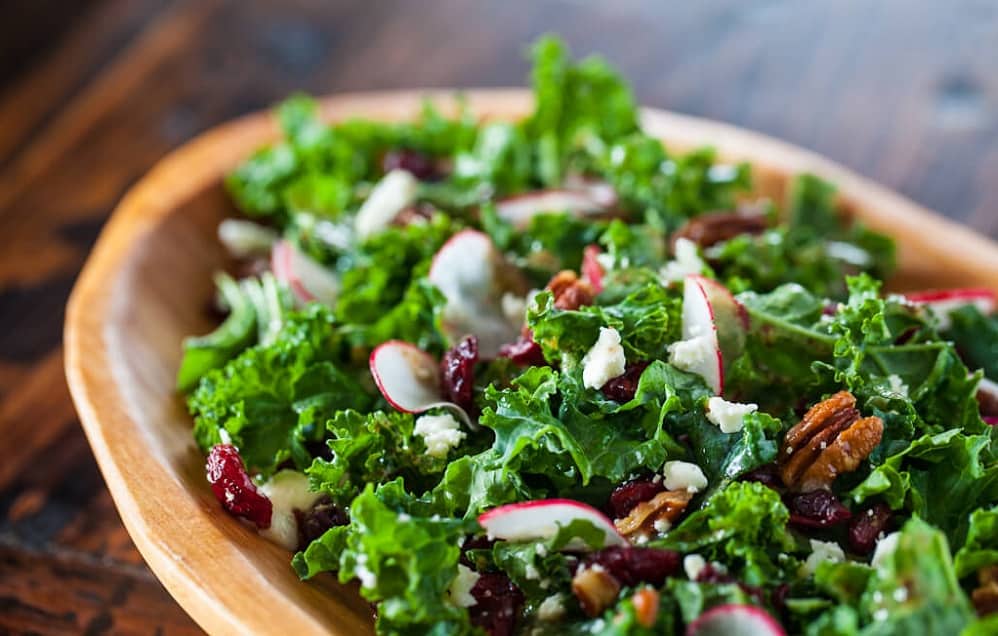
Maybe it is the first time you hear about it, but No Diet Day was born in 1992. British feminist Mary Evans Young had suffered from anorexia as a teenager, so she decided to do something to support all those people in a constant obsession with their weight by founding the Diet Breakers association.
Moreover, she published the book Diet Breaking: Having it all without having to diet to warn against DIY diets and promises to change your body in no time. However, above all, the book seeks to guide people with eating disorders to accept their body, beyond the aesthetic canons imposed by society.
In short, the No Diet Day aims to make people accept their body, be aware of the discrimination faced by those with weight problems and of the probability that diets may not always succeed.
However, No Diet Day does not mean giving the green light to obesity. It concerns much broader arguments, all contained within the importance of proper nutrition for people's physical and mental well-being and acceptance of their image in the mirror. The motivations that lead a person to embark on a diet can be several. The No Diet day focuses on the insane obsession some people start to feel when they do not achieve the results wanted or when losing weight is never enough.
So, the keyword is to educate people to eat healthily. What indicates an incorrect lifestyle that can lead to weight and health problems is well-known: sedentary life, inappropriate consumption of drinks and foods rich in fat and sugar, excess quantities in the main meals, too many snacks. People often resort to doing a last-minute diet because they want to see results immediately. They could not be more wrong. Proper nutrition with consequent re-entry into the shape weight is a path to follow with patience and dedication.
Therefore, No Diet Day warns about the dangers of improper weight loss, especially when it depends on social reasons, a sadly growing phenomenon among teenagers.
The Italians and their meals
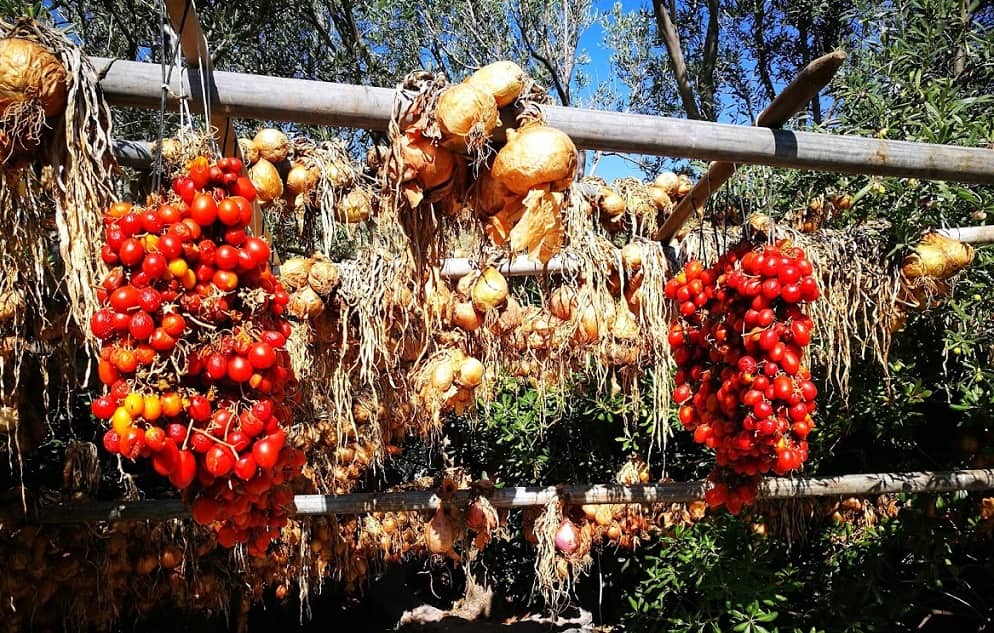
After all, eating is pure joy. Who more than an Italian can say it? We keep one of the oldest and most famous culinary heritage in the world. Cooking is sacred for us. So is eating well. Not surprisingly, our privileged geographical position has allowed us, along with other countries in the Mediterranean area, to be the protagonists of the most appropriate nutritional model to follow in the world.
The Mediterranean Diet provides a rich diet of products that are grown in our lands. First of all, fruits and vegetables, which Italian lands variably produce according to the season. The richness of our seas gives us a great variety of fresh fish, the protein to be preferred according to the Mediterranean Diet. Finally, the gold of the olive trees is the perfect seasoning and a must on Italian tables: the extra virgin olive oil results from meticulous cultivation scattered in southern Italy.
In short, Italy is the homeland of the Mediterranean Diet and the high-quality products that its lands and seas give us demonstrate it.
Eating is pure joy

The Mediterranean Diet
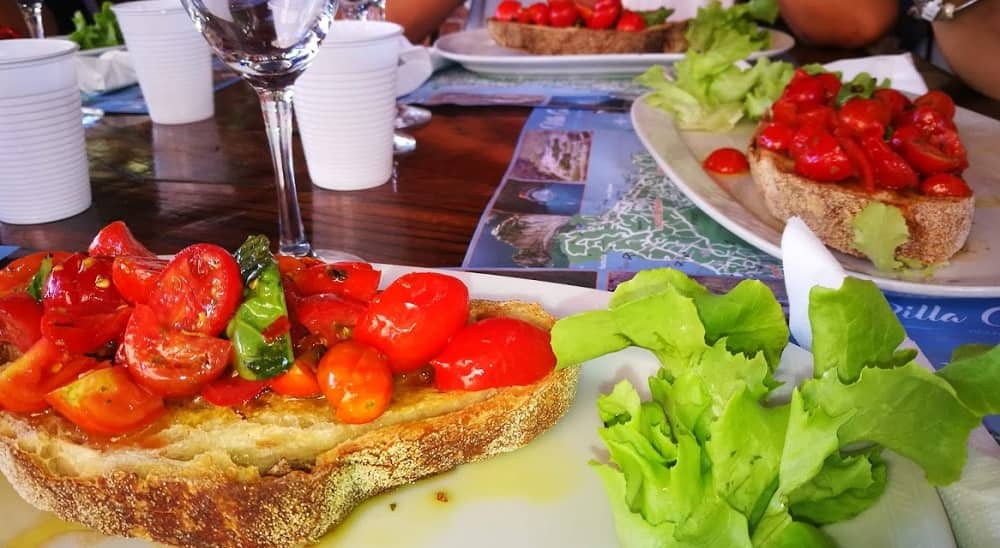
With a food pyramid rich in native products perfectly integrated into a potential balanced diet, the Mediterranean Diet is a real healthy lifestyle to follow. Its international fame is due to the studies carried out between the 1950s and 1970s by Ancel Keys. The American biologist and physiologist gave first medical and scientific dignity to the expression Mediterranean Diet. In the extensive survey known as the Seven Countries Study, Keys compared dietary styles adopted by Finland, the United States, Italy, Greece, the Netherlands, Japan and Yugoslavia to verify their incidence of cardiovascular disease. The study showed that the diet adopted by the populations of the Mediterranean area was the main reason why its citizens had better health conditions.
Based on these assumptions, the Mediterranean diet became known worldwide as a lifestyle to be followed to improve the health conditions of the populations.
In 2010, the Mediterranean Diet entered the UNESCO Intangible Cultural Heritage List, representing a philosophy of life rather than a simple pyramid of food. The Mediterranean Diet provides the basis of the cultural identity of communities in the Mediterranean basin, where respect for the territory and biodiversity is combined with the values of hospitality and intercultural dialogue. Moreover, it comes from ancient wisdom, which has its roots in the past of great cultures and can lead us towards a healthy and sustainable future.
The Food pyramid of the Mediterranean Diet
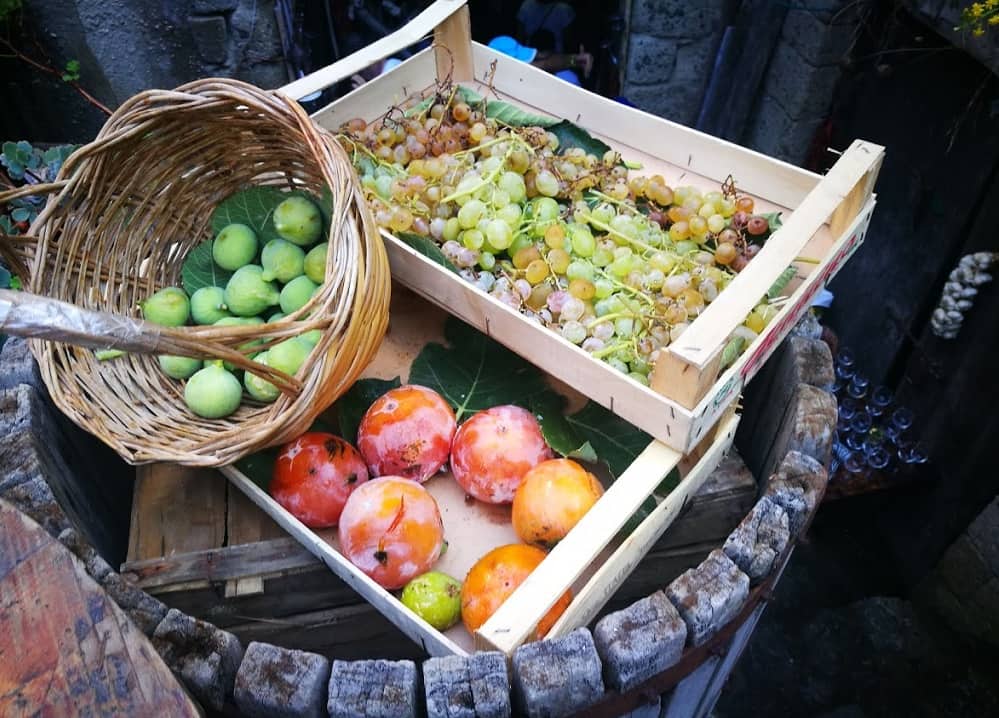
The lifestyle the Mediterranean Diet advises to take is based on a well-defined pyramid of foods, with indications on the preferences of daily consumption.
At the base of the pyramid, we find vegetables, fruits and cereals. Then, milk and its low-fat derivatives, such as yoghurt. The indicated consumption quantity is 2-3 portions of 125ml.
The extra virgin oil is a favourite and basic condiment in Italian recipes. It has good fats, especially if consumed raw. Beware, however, of excesses: 3-4 tablespoons per day is the ideal dose.
Instead of salt, the pyramid recommends the consumption of garlic, onion, spices and aromatic herbs as condiments for Mediterranean-style dishes. Along with the olive oils, nuts fats are provided in the food pyramid, in one or two portions of no more than 30g per day.
Going up to the top of the pyramid, we find the foods whose consumption is indicated weekly.
Among the sources of protein, it is advisable to try to prefer fresh fish and legumes (at least two portions per week each), eggs (1-4 portions), poultry (2-3 portions) and cheeses with portions not exceeding 100g (50g if they are aged).
Finally, at the top of the pyramid, we find the foods whose consumption should be reduced: red meat (two portions of 100g per week), cold cuts (one portion per week, no more than 50g) and elaborate sweets, fat and sugary (reduce consumption to a minimum).
Of course, there is no universal diet. The Mediterranean Diet is understood as a lifestyle to embrace more than a strict diet to be followed. Feeling good with yourself is the first step towards feeling good with others and living with peace of mind. The image we have of our body is fundamental in this process. In this sense, No Diet Day wants to educate about no more believing prototypes of perfect bodies, no more people being obsessed with weight loss and no more discrimination against bodies.
Wanting to improve the body must be a path of personal choice and must not become a mania. Feeling in peace with oneself will be the natural outcome.
The Italian Traditions Connected to Mediterranean Diet

We can connect the importance of the Mediterranean Diet to several traditions in both southern and northern Italy. Here you are an example: how to make tomato puree with tomatoes from your land. Between July and September, depending on the region and the soil, tomatoes are harvested. One part is eaten immediately for salads, and another is useful to prepare tomato puree for the winter. For such occasions, everyone in the family gathers: from children to adults and above all the elderly. The latter teaches the children all the steps: from washing and cleaning the tomatoes, putting them in the machine, and bottling them.
Mediterranean Diet and Sustainable Tourism: a word from the expert Giovanna Ceccherini
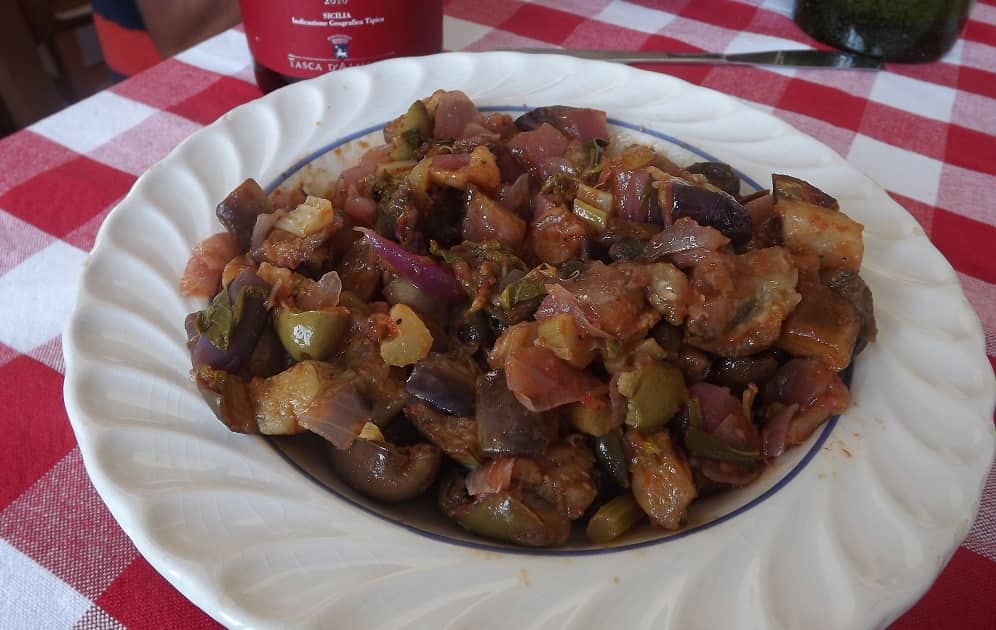
We asked Giovanna Ceccherini: "What is the connection between the Mediterranean diet and the territory?"
Giovanna: "I fell in love with the Mediterranean Diet, particularly for personal reasons and then later also for professional reasons. After this experience in Nicotera, the Mediterranean Diet has become what for me today is the system of hospitality identity linked to sustainability issues that determines my current work. We must consider the Mediterranean Diet as the forerunner of modern sustainability. Forerunner because customs and traditions linked to the Mediterranean Diet date back to the Greek-Roman age, and there is a strong connection between the territory and the Mediterranean Diet. We can find this point in the Unesco Protocol 884, by which it became a Unesco Intangible World Heritage Site. The Mediterranean countries have created a legacy of knowledge, traditions, and crafts that also reinforce the current fishing and agriculture activities. This system fosters social interaction because the common meal with all family and friends during festivities is a moment of exchange in which customs and traditions linked to daily life, especially food, are passed on. This aspect of sustainable tourism is a precursor to AGENDA 2030. The Mediterranean is the cradle of civilisation. BES, eco-sustainable well-being, is a worldwide indicator in which the Mediterranean culture and diet perfectly represent."
You can see an authentic caponata in the photo, a true example of the Mediterranean diet, a photo Giovanna Ceccherini is very fond of.
For further info about the Mediterranean Diet:
Giovanna Ceccherini è Ambasciatrice della Dieta Mediterranea di Riferimento di Nicotera
About the author
Written on 29/04/2021

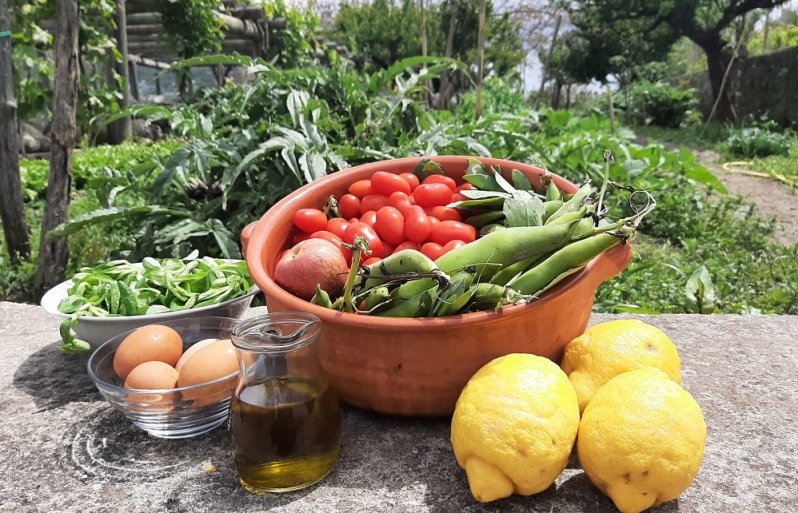

Sabrina Fabozzi
No Diet Day was born almost 30 years ago to fight against distorted beauty stereotypes and supports those who have suffered discrimination because of weight issues, paying the consequences on their health. Find out more in our article!